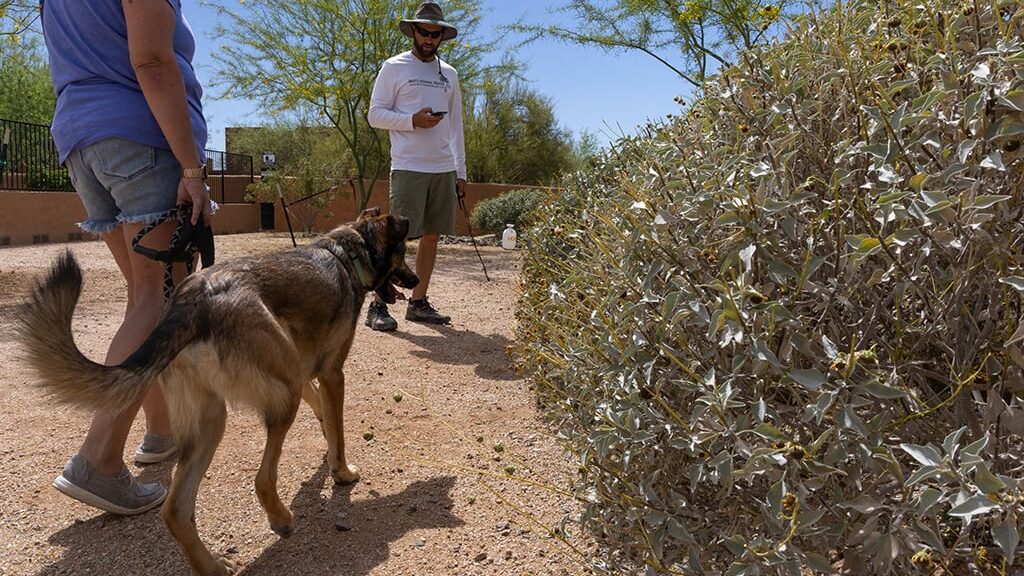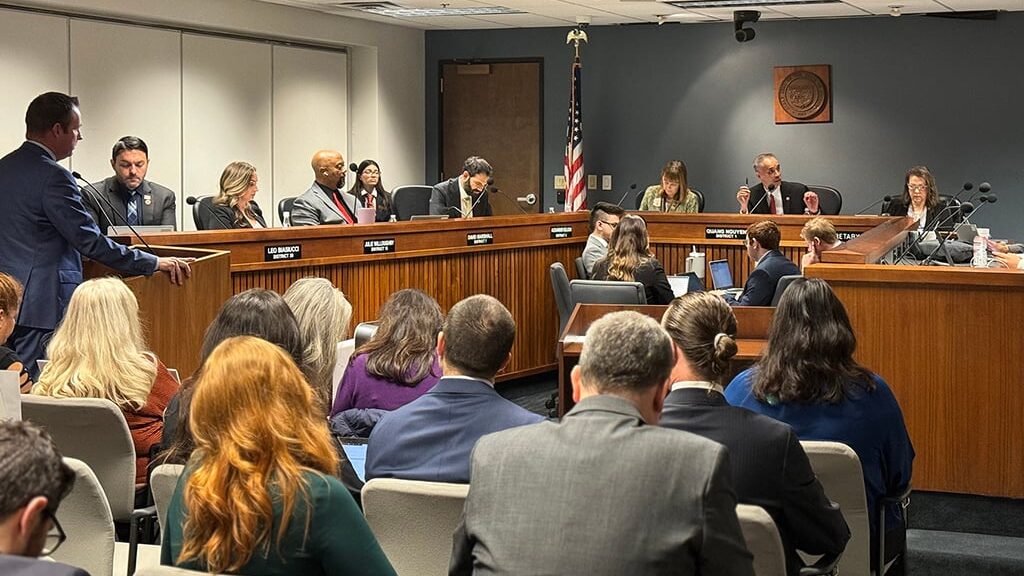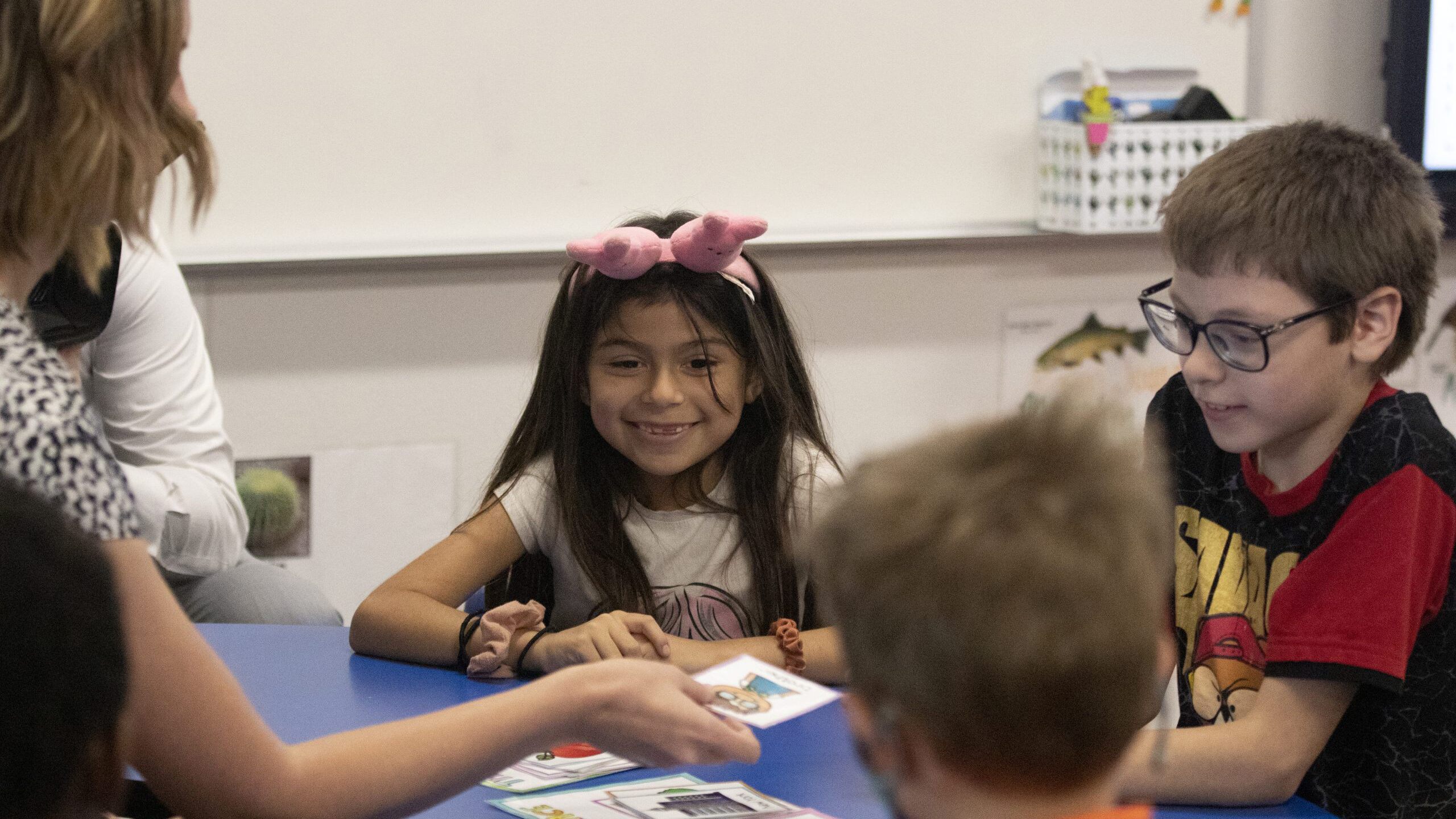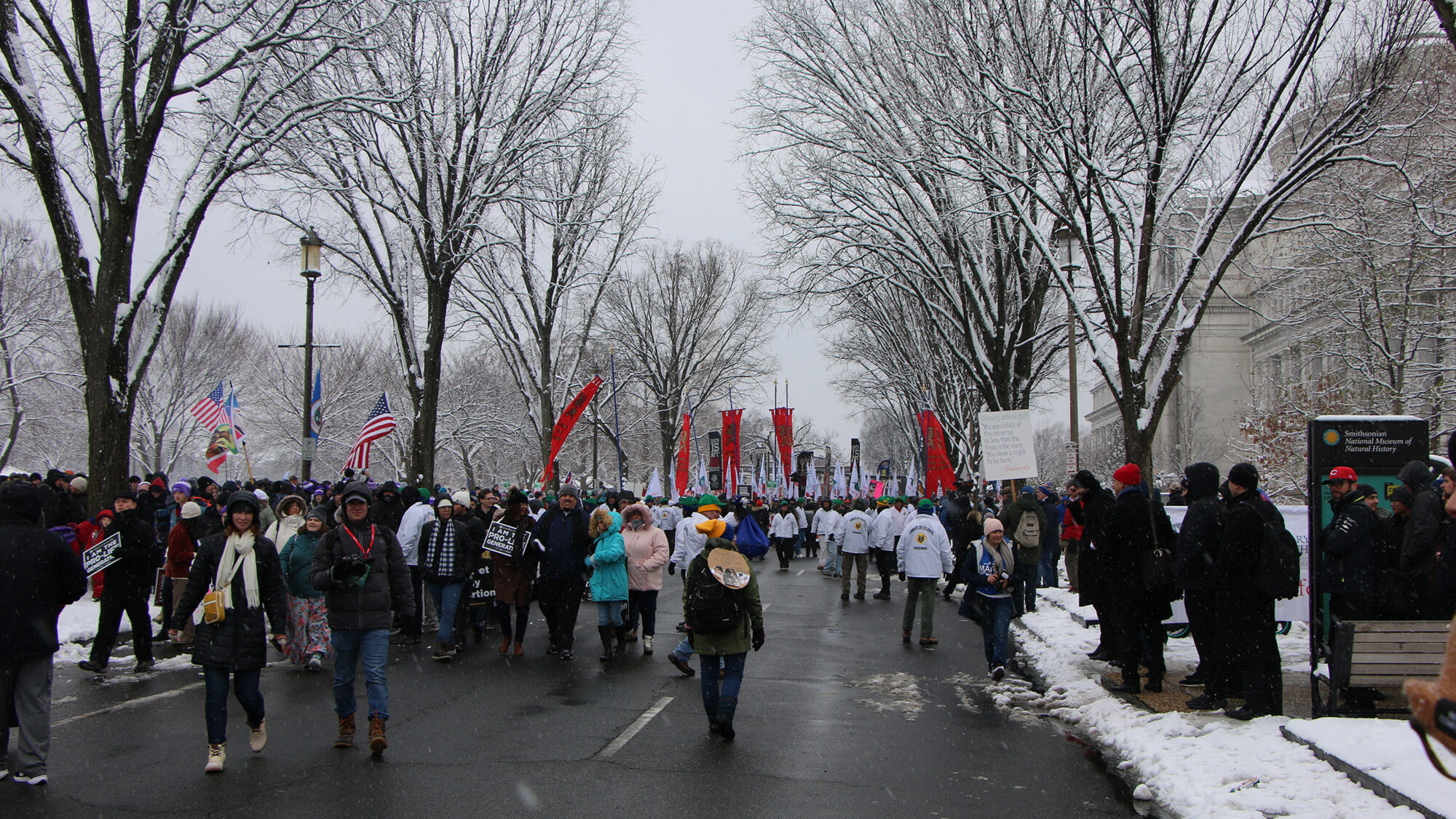Arizona poverty rate continued to fall in 2019, still topped national rate
Sep 30, 2020, 4:05 AM

Arizona’s poverty rate fell for the eighth straight year in 2019, dropping to 13.5% from 14% the year before. The state still exceeded the national rate of 12.3%, however, and advocates say the gains are not being equally shared by all groups in the state. (Photo by CafeCredit/Creative Commons)
(Photo by CafeCredit/Creative Commons)
WASHINGTON – The poverty rate in Arizona fell for the eighth straight year in 2019, to 13.5%, but while advocates welcomed that as “great news” they also cautioned that the state’s economic gains were not shared equally by all Arizonans.
Despite the improvements, the Census Bureau numbers show Arizona’s poverty rate remained higher than the nation, where the rate was 12.3% last year.
And the numbers are almost certain to increase in 2020, advocates say, when the effects of COVID-19 on the economy are factored in.
“I think that the post-COVID numbers will tell a very different story,” said Cynthia Zwick, executive director of Wildfire, an Arizona nonprofit focused on finding solutions to poverty. “I think we’re going to see some fairly drastic changes occur.”
Even before then, Zwick said, there were troubling findings in the 2019 report. In particular, the percentage of Arizona children living in poverty exceeded the national rate, both for children under age 18 and those under age 5.
The Census said 19.1% of Arizonans under age 18 lived below the poverty line in 2019, compared to 16.8% nationally. For those under age 5, the numbers were 21.1% for the state and 18.2% for the U.S.
“I don’t think Arizona is placing the number of children in poverty as a high priority, to be honest,” Zwick said. “I think we can do a lot more to support families that have children.”
She said the problem has been masked by “a general sense that the Arizona economy was doing pretty well in 2019.”
“I think it always overlooks the low-wage workers who don’t have the ability to participate as much in a positive and healthy economy,” Zwick said. “The unfortunate part of this is that it takes a crisis like this (COVID-19) to really help people understand how so many Arizonans struggle day-to-day.”
Children are not the only ones being left behind.
May Mgbolu, an economic policy analyst for the Arizona Center for Economic Progress, said that while the sustained decline in poverty was “great news,” the prosperity was “not a shared story” for all Arizonans, especially in communities of color.
Mgbolu pointed out, for example, that the poverty rate for Native Americans in Arizona was 28.6% in 2019, well above the national rate of 23% for that group.
Dave Wells, research director of the Grand Canyon Institute, said Arizona has relatively high populations of groups less likely to share in economic growth, including Native Americans, Latino immigrants and those without college degrees. That explains, in part, why Arizona’s poverty rate has continued to lag the U.S. as a whole, he said.
And for those in poverty, Arizona does not “have particularly robust state supports,” Wells said. Arizona Cash Assistance, the state’s Temporary Assistance for Needy Families (TANF) program, is particularly meager compared to other states, he said.
“You have to be essentially almost homeless to qualify for TANF in Arizona, and then the benefits you receive are almost nothing,” Wells said.
The Center on Budget and Policy Priorities reported in July that Arizona’s monthly TANF benefit covers about 25% of fair-market rent on a two-bedroom apartment, as determined by the Department of Housing and Urban Development. Only two states, Mississippi and Florida, cover less.
Wells also pointed to Arizona’s maximum weekly unemployment benefit of $240 – only Mississippi pays less, but it has a lower cost of living, he said.
Both Wells and Zwick pointed to child care as another challenge low-income families face.
“Families that are working and have children but can’t afford child care have to make tough choices” between working and keeping their children in a safe and stable environment, Zwick said.
Wells said workers in Arizona do benefit from one of the highest minimum wages in the country. According to the Economic Policy Institute, Arizona’s $12-an-hour minimum wage trails only Massachusetts’ $12.75 hourly wage, California’s $13.00, Washington state’s $13.50 and the District of Columbia’s $15.00. Oregon, Colorado and Maine also set a $12 hourly minimum.
Arizona voters in 2016 approved Proposition 206, which raised Arizona’s minimum wage from $8.05 to $10 an hour in 2017, increasing it incrementally to $12 in 2020. It will rise to $12.15 an hour next year, when increases will be tied to the Consumer Price Index.
The minimum-wage increase “was a big game changer here in Arizona,” Zwick said. “I think that has made a significant difference.”
The gap between U.S. and Arizona poverty rates shrank from 2.4 percentage points in 2016 to 1.5 percentage points in 2017, the first year of the state’s higher minimum wage, and has not widened since. Wells said the wage increase “stands out as one likely reason” the gap narrowed.
While poverty numbers will likely be higher for 2020, Wells expects “they’re not going to go up as badly as they could have” because of federal relief allocated so far. He said the worst-case scenario has been thus far averted by an “unprecedented” federal investment including $1,200 stimulus checks, $600 weekly supplemental jobless benefits and the Pandemic Unemployment Assistance program for self-employed workers.
“I think that’s been absolutely critical in actually keeping people inside their homes, having them be able to make car payments, and so forth,” Wells said.
But things could still get worse without more federal aid, he said. Without more stimulus, “we could easily have a very quick snowball effect” into higher poverty rates.
“We’re at a critical point at this point, because the CARES Act money has pretty much run out,” Wells said. “And Congress hasn’t been able to come to an agreement to step forward yet. And Arizona is not taking any action at this time either.”
Zwick also emphasized the need for further federal action.
“Right now I think what’s needed more than anything else is for Congress to act, and really invest in those families” struggling to make ends meet, she said. But she expressed doubt that more help is on the way.
“I’m hopeful but I’m not optimistic,” Zwick said.









